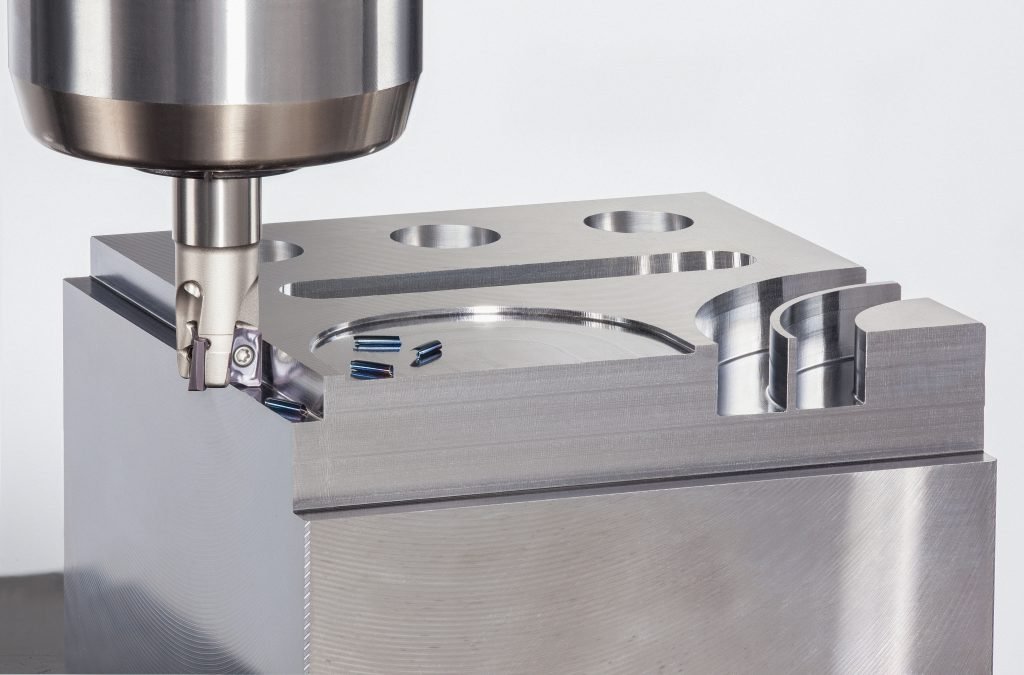Indexable tooling has become a key component in modern manufacturing. It allows businesses to streamline processes, save costs, and boost productivity. Instead of replacing the entire tool when it wears out, manufacturers can swap the cutting inserts. This efficiency drives many manufacturers toward indexable tooling. The following is a detailed article on why this technology has become so popular in the industry.
Cost Efficiency
One of the main reasons manufacturers choose indexable tooling is its cost efficiency. Manufacturers replace traditional solid tools when they wear down, incurring high costs in the long run. They only replace the worn insert in indexable tools, keeping the base tool intact. Manufacturers do not need to constantly invest in new tools. Additionally, by rotating the inserts, each one offers multiple cutting edges, further extending its life and saving costs. This also reduces waste, which contributes to a more sustainable operation. Less material is discarded because only the inserts, not the entire tool, are replaced. Over time, this results in significant savings, in material and tool inventory management.
Reduced Downtime
Another advantage is the reduced downtime during production. With solid tools, workers need to spend more time changing entire tools or regrinding them. With indexable tooling, the inserts are easy to change, minimizing disruptions during manufacturing processes. This rapid replacement increases productivity, as machines can resume work quickly without interruptions. This benefit is especially critical in industries that rely on high-speed production, such as the automotive and aerospace sectors. Downtime is costly, and reducing it can significantly improve operational efficiency.
Versatility in Applications
Indexable tooling is highly versatile, making it suitable for various machining tasks, including turning, milling, and drilling. Manufacturers can adapt a single tool holder to different insert types based on the material or specific operation. This flexibility means they don’t need a large inventory of tools for different jobs. Whether you work with hard metals, composites, or softer materials, you can easily swap the inserts to match the machining task. This adaptability ensures consistent quality across a range of materials and projects.
Increased Tool Life
The ability to rotate or replace the cutting edges of indexable tooling directly contributes to longer tool life. Most inserts have multiple edges that can be indexed into position when one becomes worn. This extends the tool’s usability without sacrificing performance. As a result, companies can run longer production cycles without frequent tool changes. Additionally, the inserts are made from materials like carbide and ceramics, known for their durability and resistance to wear. This durability means tools last longer, even under high-speed and high-pressure conditions.
Improved Accuracy and Performance
Using indexable tooling allows manufacturers to maintain consistent performance throughout the production process. Each time an insert is rotated, it provides a fresh cutting edge, ensuring precision and repeatability. This helps maintain the high quality of products, especially in industries like aerospace, where exact tolerances are critical. The precise design of the inserts also ensures they fit perfectly in the tool holder, which leads to consistent results with each cut. This repeatability minimizes the risk of errors, reducing scrap rates and increasing overall efficiency.
Conclusion
Indexable tooling brings substantial benefits to manufacturing, making it a practical and cost-effective choice for many industries. It reduces operational costs, increases productivity by minimizing downtime, and offers versatility in various applications. The tool’s ability to extend its life by simply replacing inserts further enhances its value, ensuring that manufacturers can achieve high-quality results consistently. By adopting this tooling technique, businesses can optimize their machining processes and stay competitive in an industry that increasingly values efficiency and precision.



